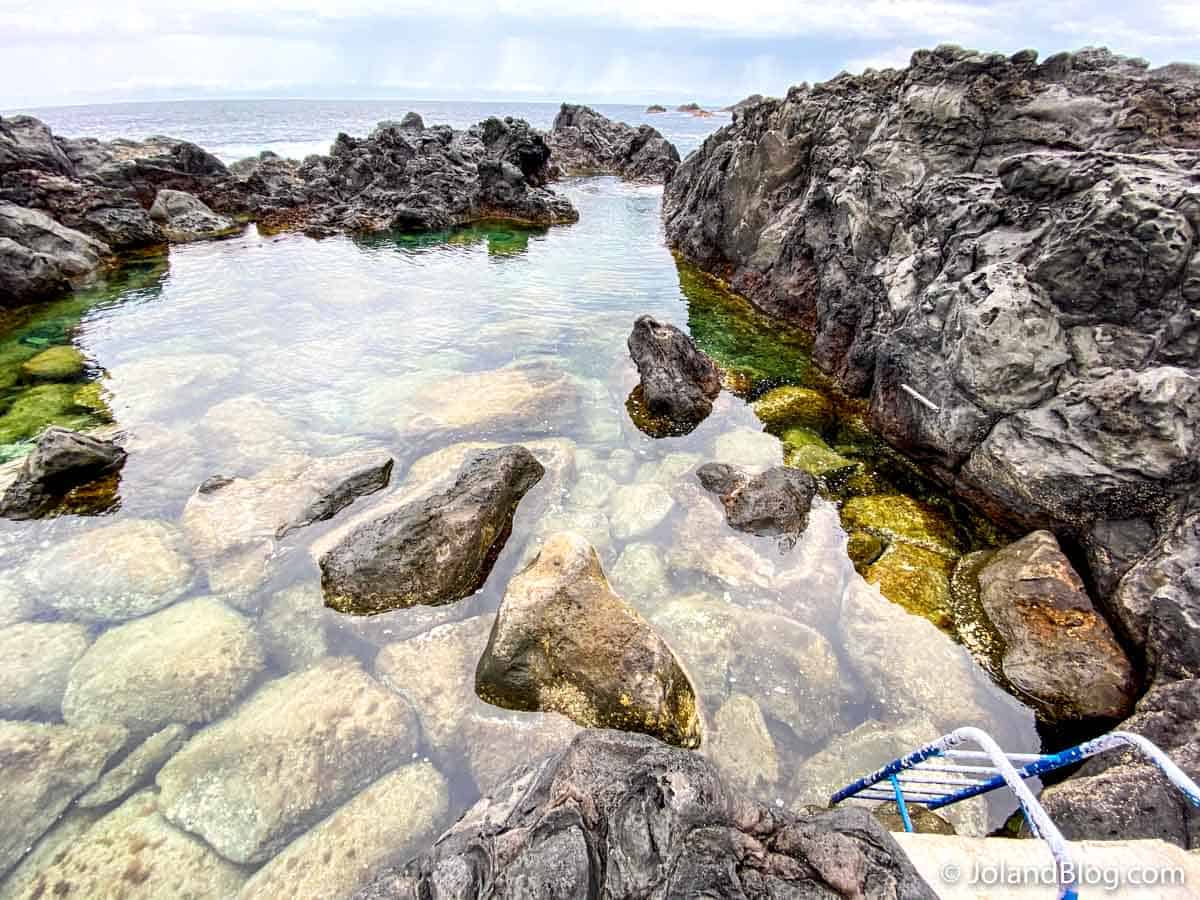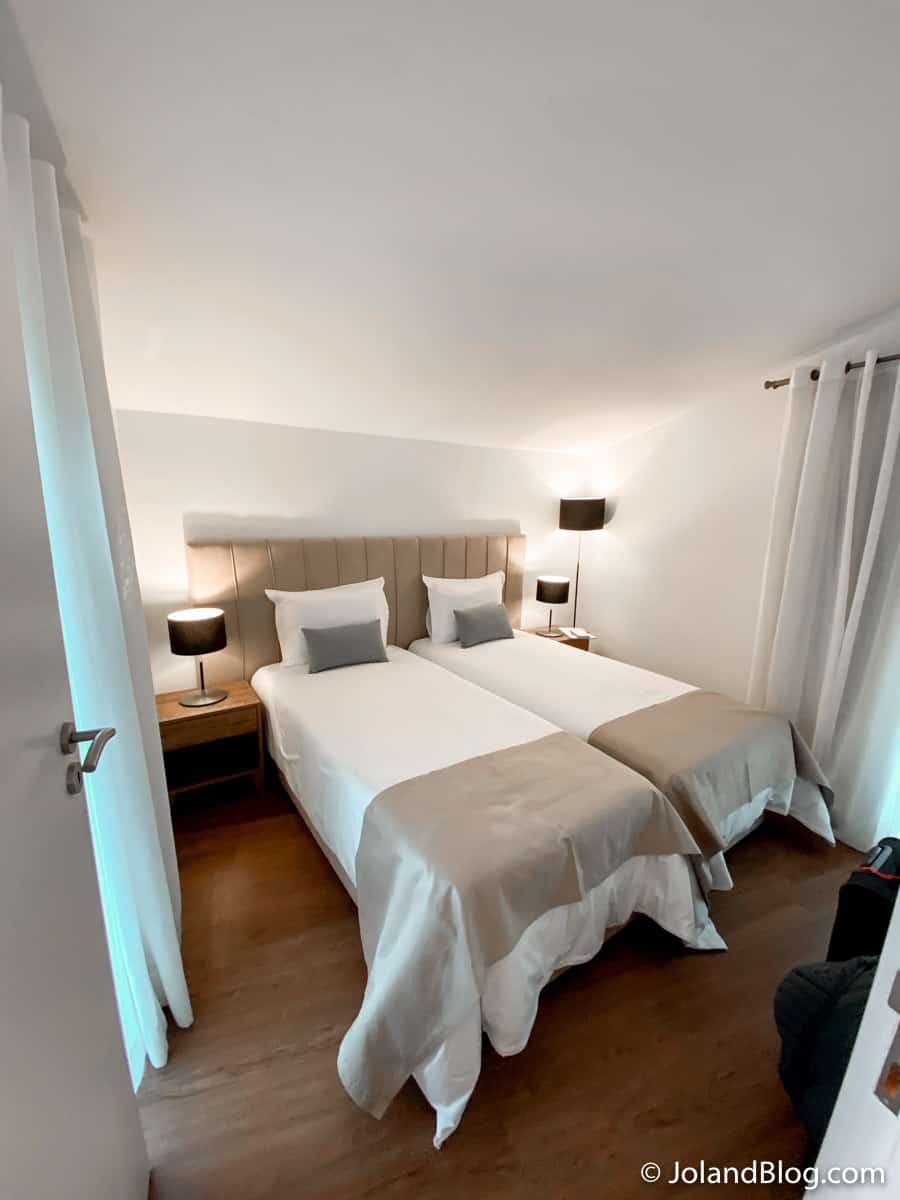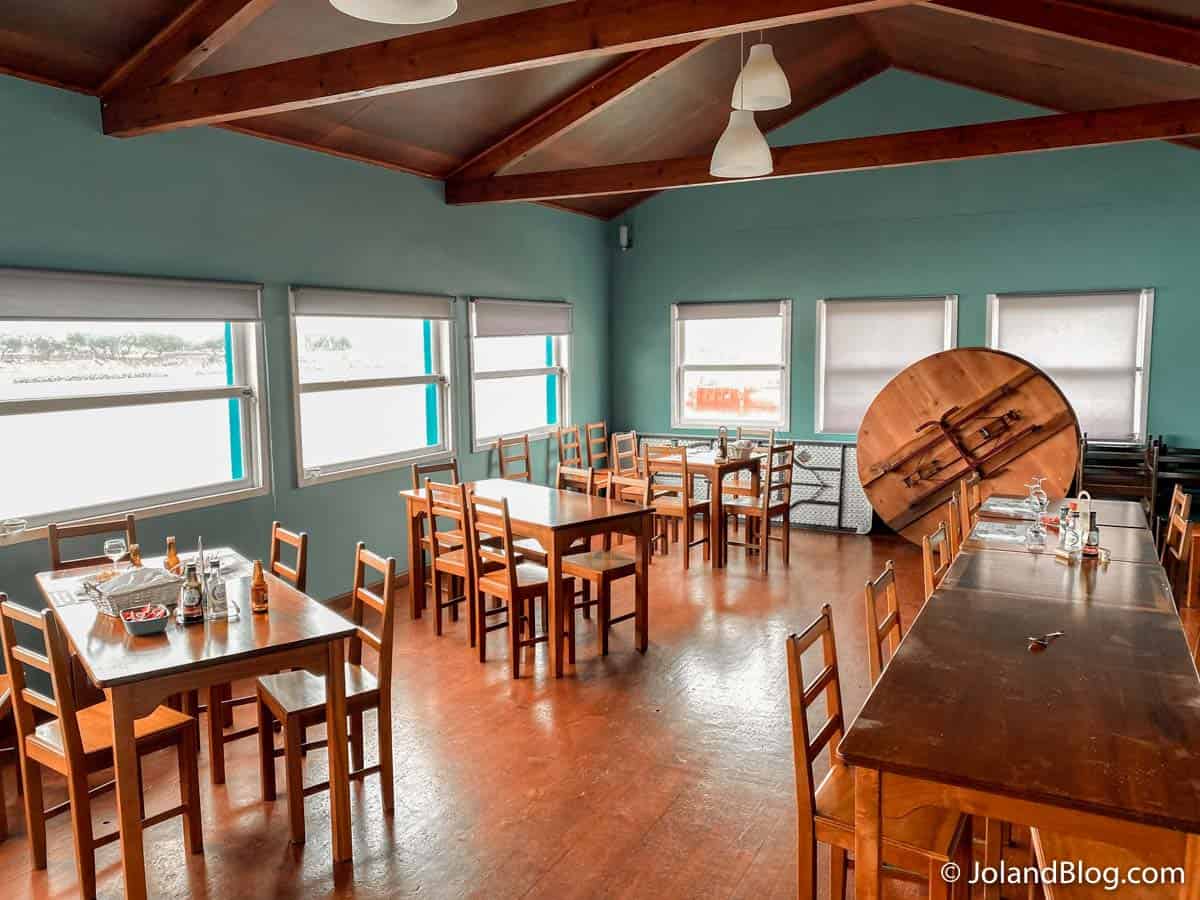Graciosa Island, Azores | Ultimate Travel Guide
If there is one word I can use to describe Graciosa Island, the last island in the Azores archipelago I visited, is simplicity. But a simplicity filled with beauty and, above all, tranquillity. Its natural features (both on land and at the bottom of the sea) and its unique cultural heritage have earned it a place on the UNESCO World Biosphere Reserve Network.
This ultimate travel guide will provide you with all the information you need to start planning your next adventure on Graciosa Island.





Location
Located in the Central Group of the Azores archipelago, Graciosa Island stretches over an approximate area of 60.66 km2, spread over 12.5 km in length and 7.5 km in width.
Inhabited by about 5000 people, most of which are concentrated in the Santa Cruz da Graciosa area, its capital, Graciosa occupies the second place in the ranking of the smallest Azorean islands, just after Corvo Island.
How to get to Graciosa Island
So far, there are no direct flights to Graciosa Island from mainland Portugal or anywhere else, so you will always have to consider at least one stopover on Terceira Island.
You may be able to reduce your flight budget if you use SATA’s inter-island routing service. Imagine you buy a flight to mainland Portugal (Lisbon or Oporto): you can then buy a direct flight to Terceira Island and get the connection flight to and from Graciosa for free. The only requirement is that you cannot stay on Terceira island for more than 24 hours on arrival or departure.
Alternatively, you can also make the trip to Graciosa from Terceira, São Jorge, Pico or Faial islands by ferry. Routes are normally available from the end of May until September, trips take 3 to 5 hours and tickets are around €35.

When to visit Graciosa Island
There’s something I say often about the Azores: it’s one of those destinations that can be visited all year round. There’s always a unique kind of beauty in each season, and Graciosa is no exception.
Climate
Being the least mountainous island in the entire archipelago, the rainfall levels in Graciosa are also the lowest. It is, in fact, one of the driest Azorean islands, alongside the island of Santa Maria. In the summer you’ll find a more arid landscape, while in the autumn the scenery becomes more green and alive.

Celebrations and Events
If you’re looking to visit Graciosa Island during a more lively time of the year, so as to experience its culture in full, the period from May to September is definitely the best. Just like what happens in other islands in the Azores, the local population is dedicated to the famous Espírito Santo (Holy Spirit) Festivities. For about 7 weeks, the island is filled with colour and every Sunday there is a free distribution of local pastry and wine among the community.
In August, Graciosa holds religious celebrations in honour of Senhor Santo Cristo dos Milagres (Holy Saint Christ of Miracles), packed with street processions, entertainment and performances by various national musicians.
But if there is a time that really makes Graciosa shine, that’s the period from January to March, when the Carnival celebrations take place. With a strong influence of the Brazilian carnival (due to a large exodus to Brazil, back in the 19th century) this is undoubtedly one of the best times to visit Graciosa Island.
For three months, the local population indulges in the typical revelry of this time, dancing at countless Carnival balls, sometimes in more than one per night. In addition to the typical songs of this time of the year, there is also the “Baile Mandado”, where people dance in a circle and at a slower pace. At “Baile Chocolate” (Chocolate Ball), the men who invite the ladies to dance have to offer them a bar of chocolate.
Travel safely to Graciosa Island
Since March 2020, it’s mandatory to comply with a series of new rules to travel to the Azores:
- Submit a negative Covid test (I strongly recommend that you take the test before departure and not on arrival, although it is a possibility. It will save you time and it’s a safer option for you and all the other passengers on the plane);
- Fill out two official forms – the Risk Assessment Questionnaire and Early Detection and the Declaration on Arrival to the Azores. If you’re planning to travel to another island in the Azores, you’ll also need to fill out the Inter-Island Displacement Declaration.
(Again, I strongly recommend that you fill out all of these documents online in advance to avoid unnecessary queues on arrival.)
Considering the unstable situation that we are currently experiencing, I also suggest hiring travel insurance for trips to the Azores through World Nomads, one of the best and most complete travel insurances in the market.

Transportation within Graciosa Island
The most efficient and quick way to get around Graciosa Island, as in all other Azorean islands, is by car. To find a rental car that best suits your needs, check out the Rentalcars.com website for a list of the various options available.

Where to stay on Graciosa
I was lucky to stay in an incredible Rural Tourism accommodation called Portas do Ilhéu, located in São Mateus, on the east coast of Graciosa. With a direct view over the sea and the Praia Islet, the accommodation consists of two refurbished houses that were named Casa de Pedra (Stone House) and Casa Branca (White House).

This project is the result of the love of its owners, the Portuguese architect Miguel Miranda and his partner Paulo Castro, for Graciosa Island and it quickly became one of the most interesting accommodations on the island. The privileged location with an unparalleled view meets an impeccable decoration and exquisite architectural features that perfectly combine modernity and tradition.
It’s one of those places we wish was our own home, such is the comfort it provides. The houses, although connected by a common entrance, have their own private access after entering the main entrance hall. Each has one bedroom, a living area and a fully equipped kitchen. At Casa de Pedra, where I stayed, there is also a delightful corner in a small mezzanine located above the living room, with a direct view of Praia Islet.

In the morning, it’s worth waking up a little earlier than usual to watch the sunrise. Then, just open the door and collect the breakfast basket left outside, filled with delicious local Azorean products. What better way to start the day?
Website: Portas do Ilhéu
If there is no availability for the desired dates, or in case you’re looking for some other type of accommodation you can do a quick search here: Accommodation Graciosa Island.



What and where to eat in Graciosa
Fresh fish and meat are, like in all other Azorean islands, ingredients of choice in Graciosa Island’s gastronomy. Emphasis is given to fish stews and fish roasts.
However, I must admit I was surprised that there’s no fresh fish regularly available in local restaurants (at least when I visited the island in October). You can always have a good grilled fish, but I recommend you book in advance, especially at times of less tourism.
If you have a sweet tooth I’m sure you’ll be delighted with the traditional “Queijadas da Graciosa” (Graciosa’s Cheese Pastries) and the “Pasteis de Arroz” (Rice Pastries), impeccably cooked at the famous Queijadas factory, located in the Praia area. Be sure to also try the famous local cantaloupe, the “encharcadas de ovos”, the “cavacas”, the capuchas and to finish off with a shot of “Angelica”, a liqueur produced in Graciosa.

During my stay I had the opportunity to visit two restaurants on the island: the Clube Naval and the Dolphin O Roque Restaurant. The Clube Naval, located in Santa Cruz da Graciosa, was worthy of two visits: on the first time I ate a tender beef steak and on my second visit I enjoyed a fantastic tuna steak (ordered the day before), cooked to perfection. At the Dolphin restaurant, located in front of the Termas de Carapacho (Carapacho thermal facilities), I was quite pleased with some squids that were on the menu that day.




What to see and do on Graciosa Island
Of the 9 islands that make up the Azores archipelago, Graciosa is one of the least visited, a fact that surprises those who are aware of what the island has to offer. In reality, there is much to see and do on Graciosa Island.
Featuring a rich geodiversity and fascinating geological heritage, the island offers unique opportunities for all nature and outdoor lovers. From Furna do Enxofre (Sulphur Cave), considered to be the Azores volcanic cavities “cathedral”, to the lush vegetation of Caldeira, a large number of excellent natural bathing areas and top places for diving, the island surprises those who have heard little of it until then.
Para more info on what to see and do on Graciosa Island, check out the article:
O que ver e fazer na Ilha Graciosa, Açores




I truly hope this Travel Guide will help you plan your next adventure in the Azores, in particular, in Graciosa Island. If you have any questions just leave your comment below, I’ll be happy to help you!



